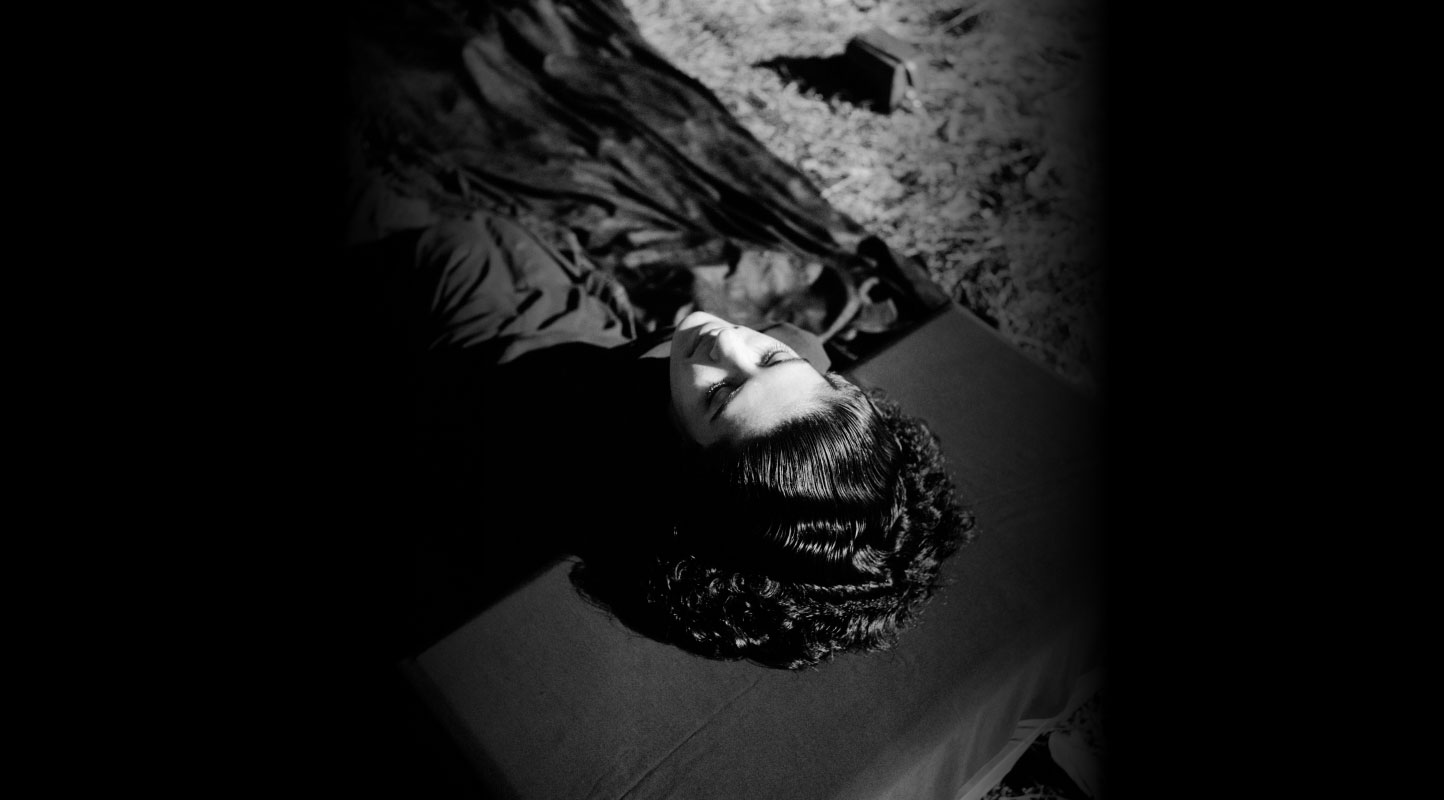Alternative Photographic Processes: Being in a State of Salax
Being in a State of Salax, a recent exhibition by the Bengaluru-based Kāṇike Collective, explored the interrelation between photography, archive and memory through alternative, analogue photographic processes. Held in September 2020, it showcased works by the four members of the collective—Aparna Nori, Indu Anthony, Krishanu Chatterjee and Vivek Muthuramalingam. In contrast to the digital revolution taking place across contemporary media, this show featured elided techniques of image-making: various kinds of salted paper prints anchored the exhibition. Historically, the salted paper print technique was invented in the 1830s as a successor to the silver chloride coating on photographic paper—both created by the inventor and photography pioneer William Henry Fox Talbot (1800-77).

Installation View of Memory is My Sixth Sense. (Aparna Nori. Bengaluru, 2020. Salted Paper Print. Image courtesy of the artist.)

Memory is My Sixth Sense. (Aparna Nori. Bengaluru, 2020. Salted Paper Print. Image courtesy of the artist.)
According to the collective, “We question the ability of medium to ‘freeze the moment’ and our desire to ‘hold on’ to memories while nature seems to have a parallel narrative, already plotting to take things back and present them in another form—often as objects that invoke intrigue, mystery and awe.”

Installation View of Aval. (Indu Antony. Bengaluru, 2020. Salted Paper Print. Image courtesy of the artist.)

Aval. (Indu Antony. Bengaluru, 2020. Salted Paper Print. Image courtesy of the artist.)
As Tatyana Franck writes in her curatorial text for The Memory of the Future: Photographic Dialogues between Past, Present and Future, “Memory is one of the springboards of artists’ imaginations: memories of their personal life as well as the appropriation of the history of their art.” In Being in a State of Salax, we see both these registers operating as the artists meld personal biographies and historical techniques. Aparna Nori’s diptych “Memory is My Sixth Sense” is driven by the lasting impression of her mother’s favourite blossom, the rajnigandha (tuberose). Indu Antony’s contribution "Aval" consists of compositions of assorted photographs from her personal collection, the edges of which she has stitched with strands of her own hair.

Talaash. (Krishanu Chatterjee. Bengaluru, 2020. Salted Paper Print. Image courtesy of the artist.)
While Krishanu Chatterjee’s “Talaash” shows an image of an abandoned old horse, drawing parallels with old people in the city, Vivek Muthuramalingam chose the medium of drawing in “Yellowed Memories” to reminisce on his lockdown memory of birds chirping. He also exhibited a series of salted paper prints, created as part of a photographic documentation project for a Bengaluru-based design firm.
Reflecting on the nature of the photographic process in their introduction to School Photos in Liquid Time: Reframing Difference, Marianne Hirsch and Leo Spitzer write:
“In a darkroom, both the camera’s film and the photosensitive paper onto which the film’s image has been projected are immersed into a liquid solution. Until they are chemically ‘fixed’ into permanence, they change and transform in subtle and unexpected ways.”
They argue that photographs are never really fixed, but that they keep developing over time. Photographs acquire new meanings as documents of history and have new roles to play as objects of memory and as historical actors in the present.
All images from Being in a State of Salax, Kāṇike Collective, 2020.




